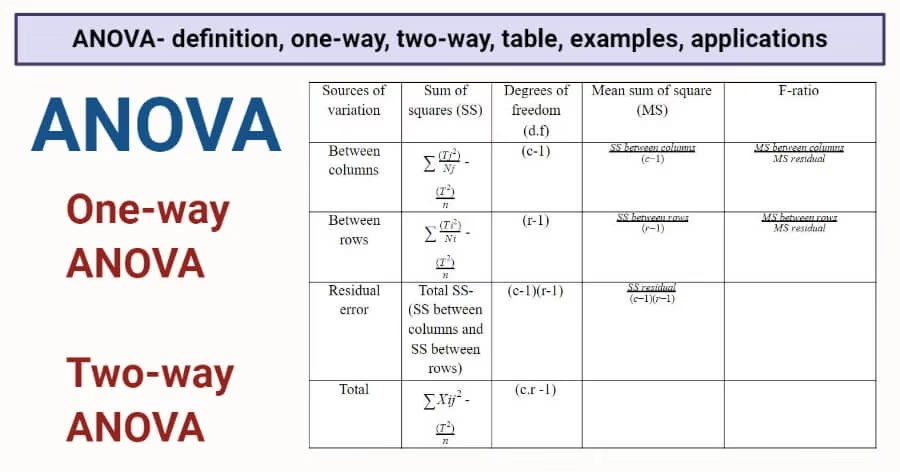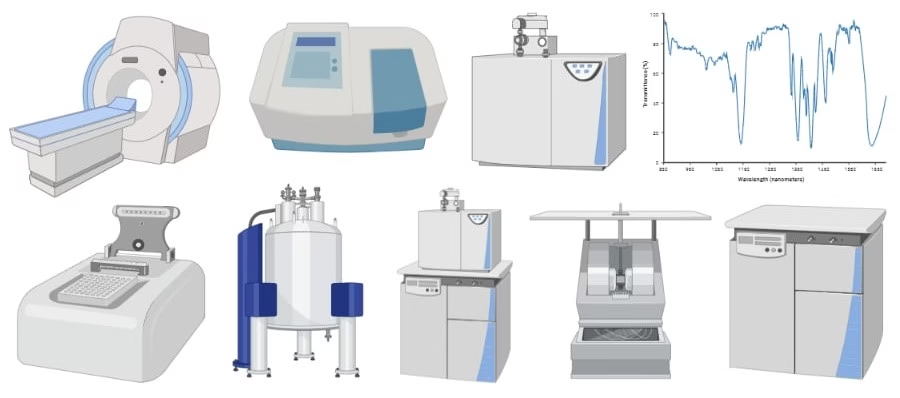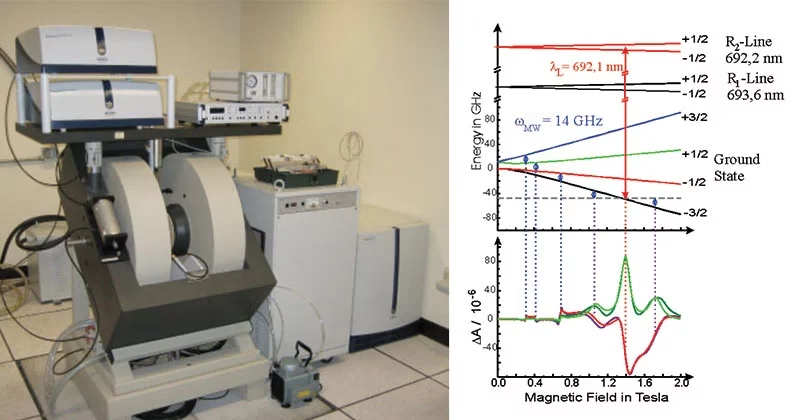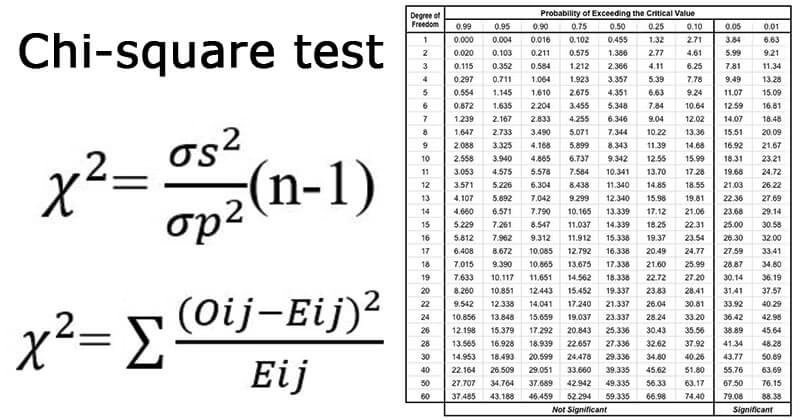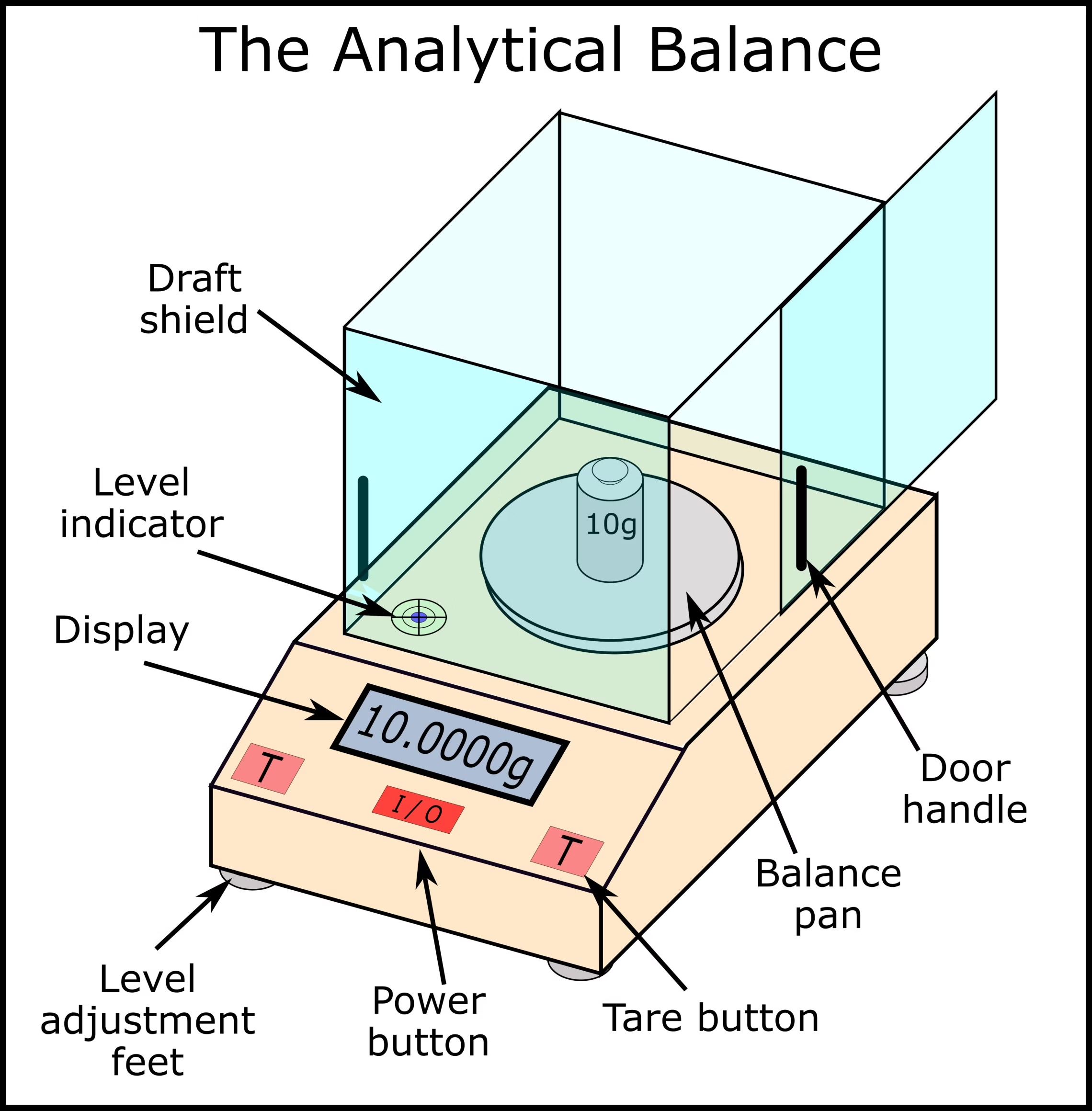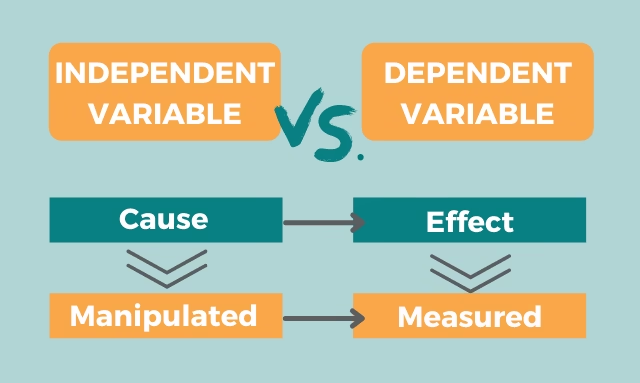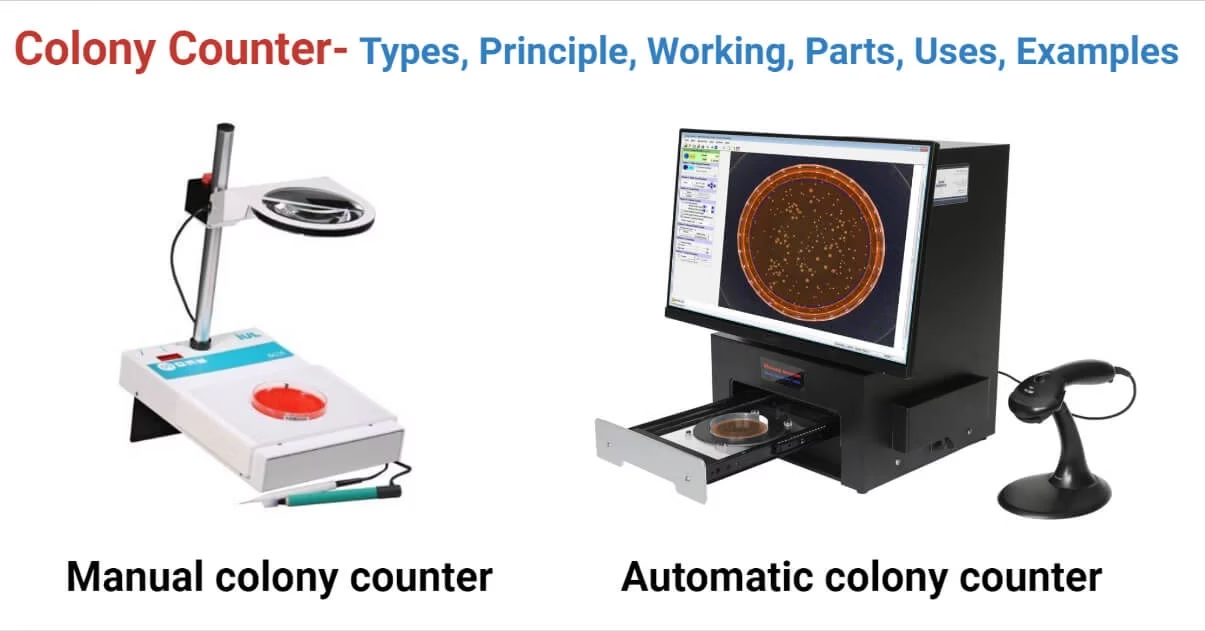Gel Permeation Chromatography (GPC) – Definition, Principle, Instrumentation, Steps, Applications, Advantages & Limitations
Gel Permeation Chromatography (GPC), also called Size Exclusion Chromatography (SEC) or Gel Filtration Chromatography, is a powerful separation technique widely used in biochemistry, biotechnology, and polymer science.

